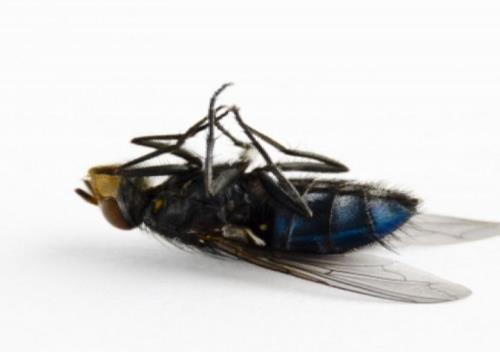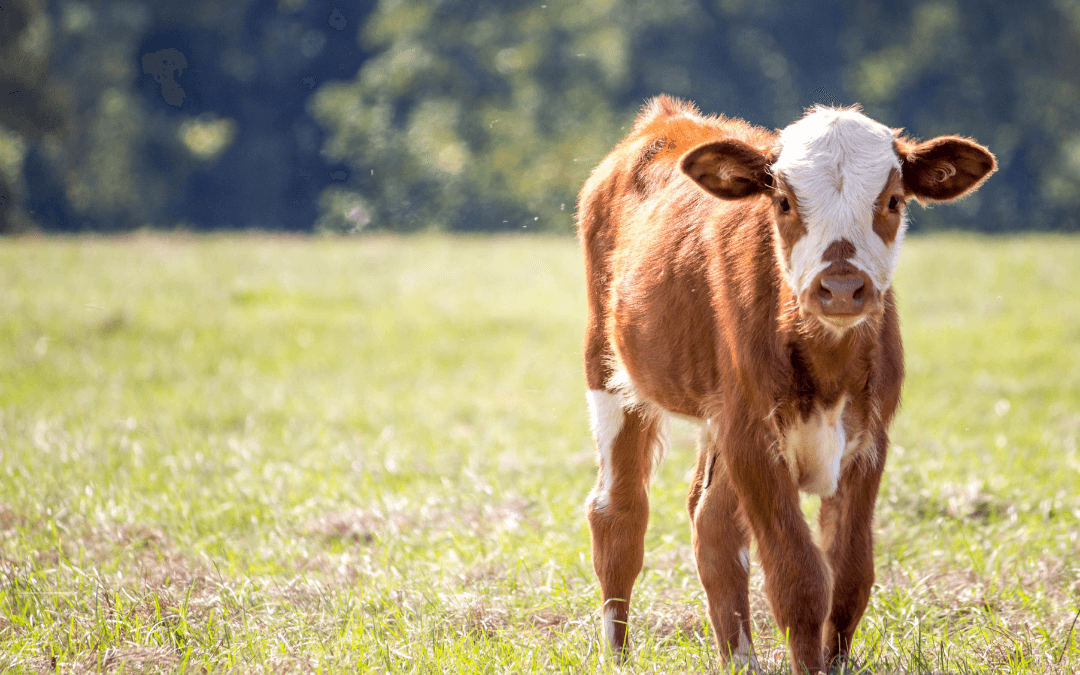Vol. 35 No. 331: Milk hygiene and calf health
Summer is here! The heat and timely precipitation have created some exceptional crops from what I see driving around the countryside. However, the climate that benefits our crops can create challenges with livestock. There is something else that thrives in heat and moisture, and that is bacteria. Many of you may find calf scours to be a challenge this time of year. Often what we can get away with during the cold winter months does not cut it during summer when bacteria can proliferate very quickly in milk, colostrum, and the surfaces of calf feeding equipment. Raw milk is an excellent medium for bacterial growth. Bacterial counts in stored colostrum often are highest during summer months. A Quebec study found 30% of colostrum samples taken from dairy farms where contaminated during warm months versus only 8% for winter months. Refrigeration significantly delays the growth of bacteria in milk and colostrum, but studies have shown that by 48 hours there is already significantly high bacterial counts in refrigerated unpasteurized colostrum. So, either way, feed it quick if not freezing immediately. Bacterial fermentation of milk and colostrum is not only directly bad for the calf but also degrades milk proteins, including immunoglobulins, greatly reducing the quality.
Assessing hygiene – how clean are you really?
Four critical control points
- Udder
- Collection bucket
- Storage
- Feeding equipment
Feeding equipment surface hygiene
Conducted by Heartland vets and techs using a device called a Luminometer to measure surface bacteria on a “clean” surface. It works by measuring the light transmitted by ATP present in living organisms on the surface. This is the same device used by hospitals. We have specific cutoffs we like to meet and can advise on how to get there.
Milk hygiene
This can be done by sending milk or colostrum samples to a lab to measure total bacterial counts. Many producers have been surprised with what we can find in these samples. It can be possible to sequentially sample milk within a feeding system to identify where the contamination occurs. For example, collecting a sample from the tank of a milk taxi and another from the nozzle to see what contamination occurs while the milk is going through the hose.
Managing colostrum and milk handling and storage
Colostrum/whole milk
- Colostrum/milk must be collected from clean dry teats
- If not using colostrum/milk at the time of collection, freeze or refrigerate immediately. Do not allow to sit out at room temperature.
- Freeze or refrigerate in small batches to allow the colostrum/milk to cool quickly. Do not introduce freshly collected colostrum/milk into the same container as colostrum/milk already in the fridge, as this will result in constant rewarming and old product not being used up.
- Consider a preservative, such as potassium sorbate, for colostrum that will be stored in the fridge for more than a few hours.
- Acidification may be an option for milk that will not be used up quickly. Make sure you mix at the recommended rate. Keep in mind that acidification inhibits bacterial growth but does not kill it, so you still need to start with clean milk.
- Pasteurization is a reliable option to greatly reduce the presence of bacteria in milk and colostrum. You still need to start with a fresh clean product because pasteurization will not fix the milk/colostrum nutrient degradation already cause by bacterial contamination.
Milk replacer
- Ensure stored powder remains dry and sealed until the time of mixing
- Feed milk replacer immediately after mixing
- Although not related to bacteria, I have seen many cases of inconsistent mixing and measurement errors resulting in indigestion scours. Follow the specific milk replacers mixing instructions exactly. Weigh your scoops instead of relying on volume as this can really vary from one scoop to the next.
Cleaning Colostrum/Milk Harvest and Feeding Equipment
The following is a comprehensive cleaning protocol for calf feeding equipment. Many of you may find this overkill and honestly if your current cleaning protocol works, don’t change it. However, if you are struggling to maintain a good standard of hygiene for your calf feeding equipment, based on luminometer readings, consider adding steps from the following protocol. These are essentially the same steps as washing a bulk tank.
- Rinse all equipment used in the collection or feeding of colostrum/milk/electrolytes with cool water below 30°C (90°F) immediately after each use
- Soak equipment in hot 75°C (167°F) water with detergent for 5 minutes
- Mix detergent according to label instructions
- Necessary step to break down biofilm (milk fats and proteins)
- Vigorously scrub equipment as needed inside and outside with a brush, toothbrush, and/or pipe cleaner.
- Check for visible cracks and signs of wear during wash. Replace hosing and nipples every 6 months or sooner if visually cracked or damaged
- Rinse
- Wearing gloves, apply acidic cleaner according to label directions. Acid is to descale, remove milk minerals and detergent residues. Not a necessary step for every cleaning but should be done as needed or at predetermined intervals.
- Dry by storing bottles and nipples upside-down on a raised grated surface to thoroughly air dry before next use
- Sanitize the inside and outside of feeding equipment within 2 hours of next use
- Acepsis HabiStat chlorine dioxide 50ppm for 1-2 minutes contact time
- Monitor hygiene using the luminometer every 3 months
- Monitor cleanliness by occasionally taking a colostrum/milk sample for bacterial counts
As always, do not hesitate to reach out to your herd vet to help identify opportunities in your colostrum and milk feeding program!
Thomas Veens DVM
Fly Control
Have you heard the buzz? Large animal technicians are now offering fly prevention in combination with dehorning services. Ask your large animal tech for more information!

Upcoming stat holidays
The clinic will be closed Labour Day Weekend September 4th to September 6th. As always, veterinarians will be available 24-7 for emergency service. The Saturday fee schedule will remain unchanged from non-stat weekends.

